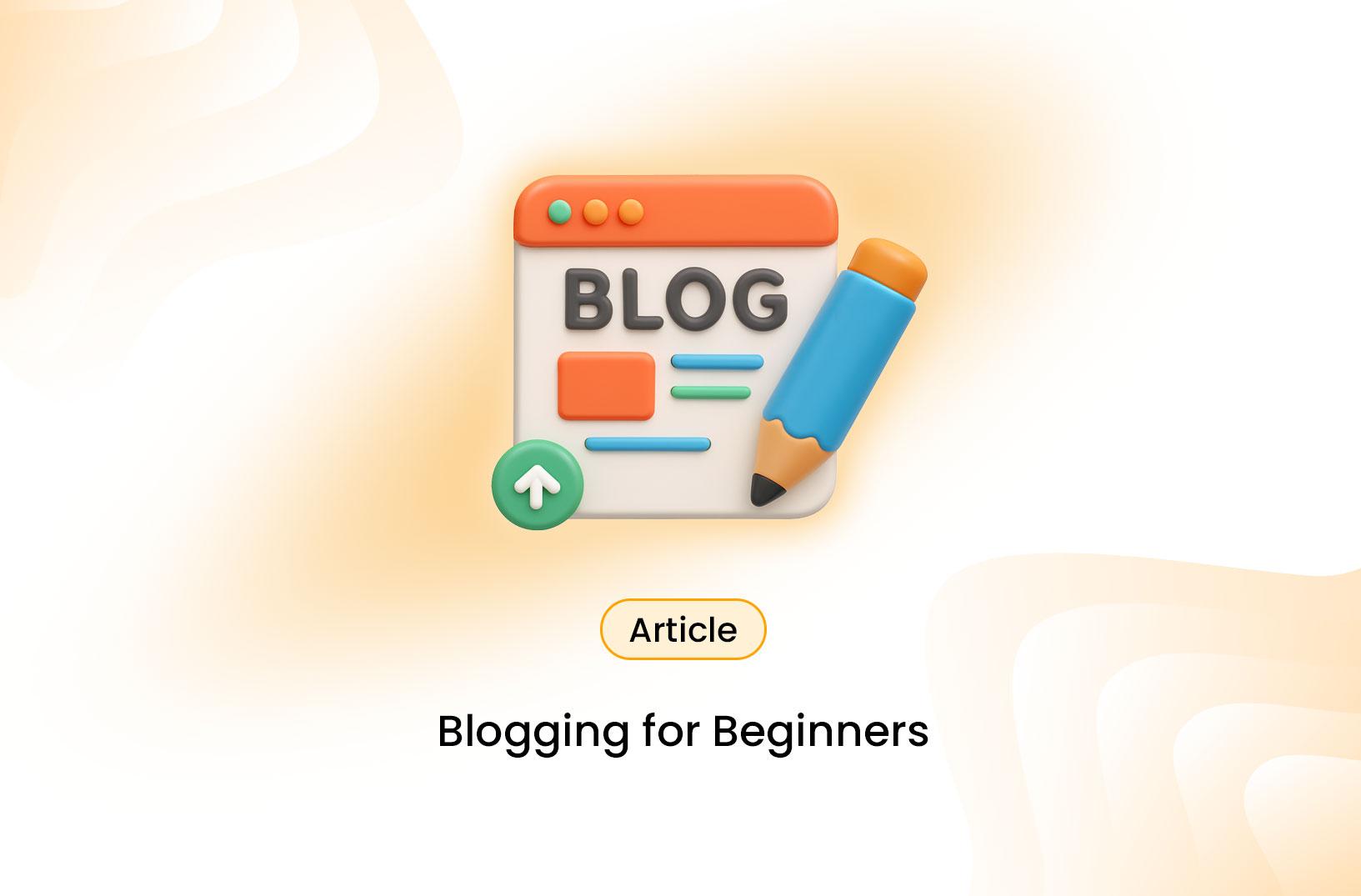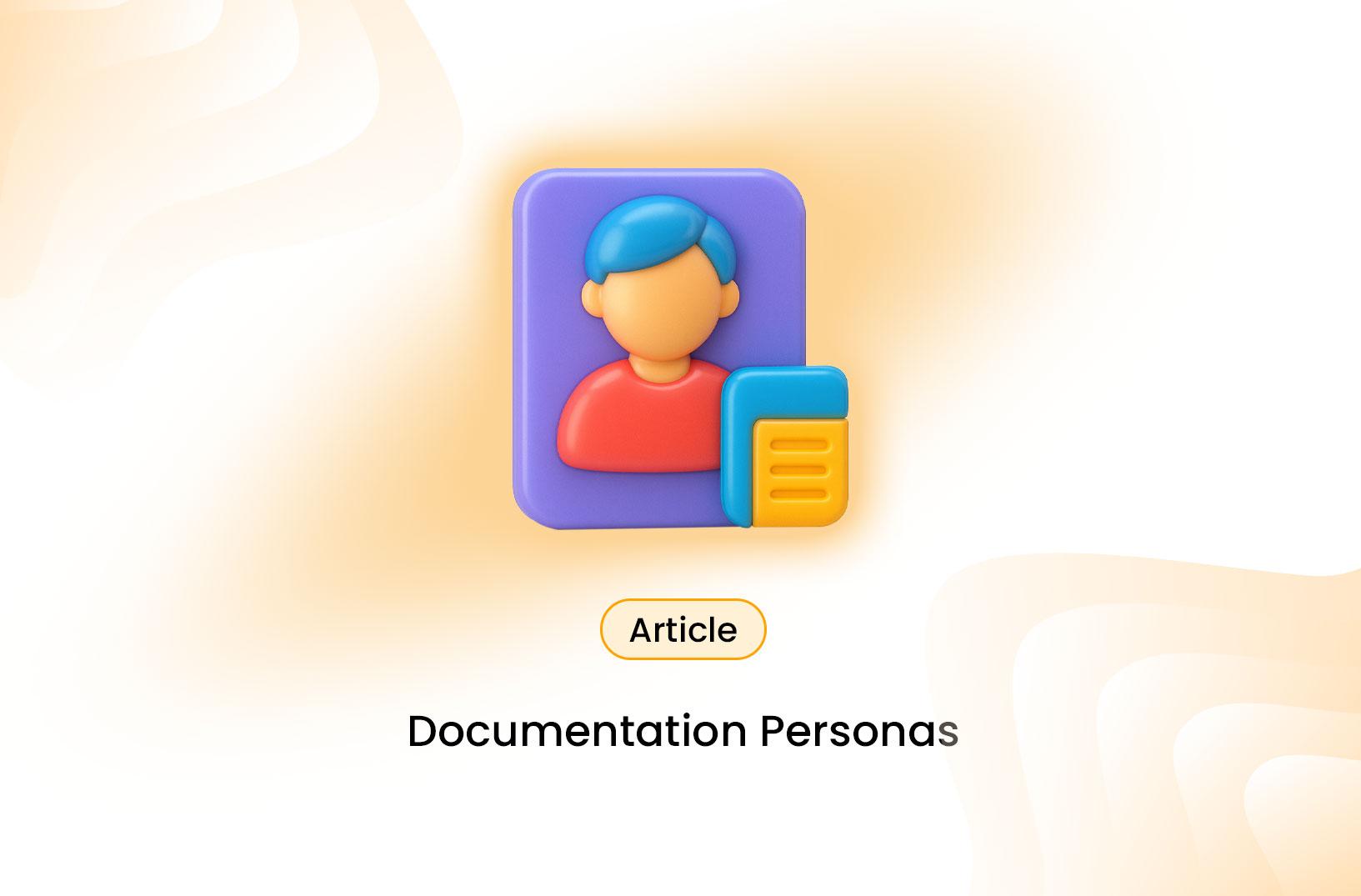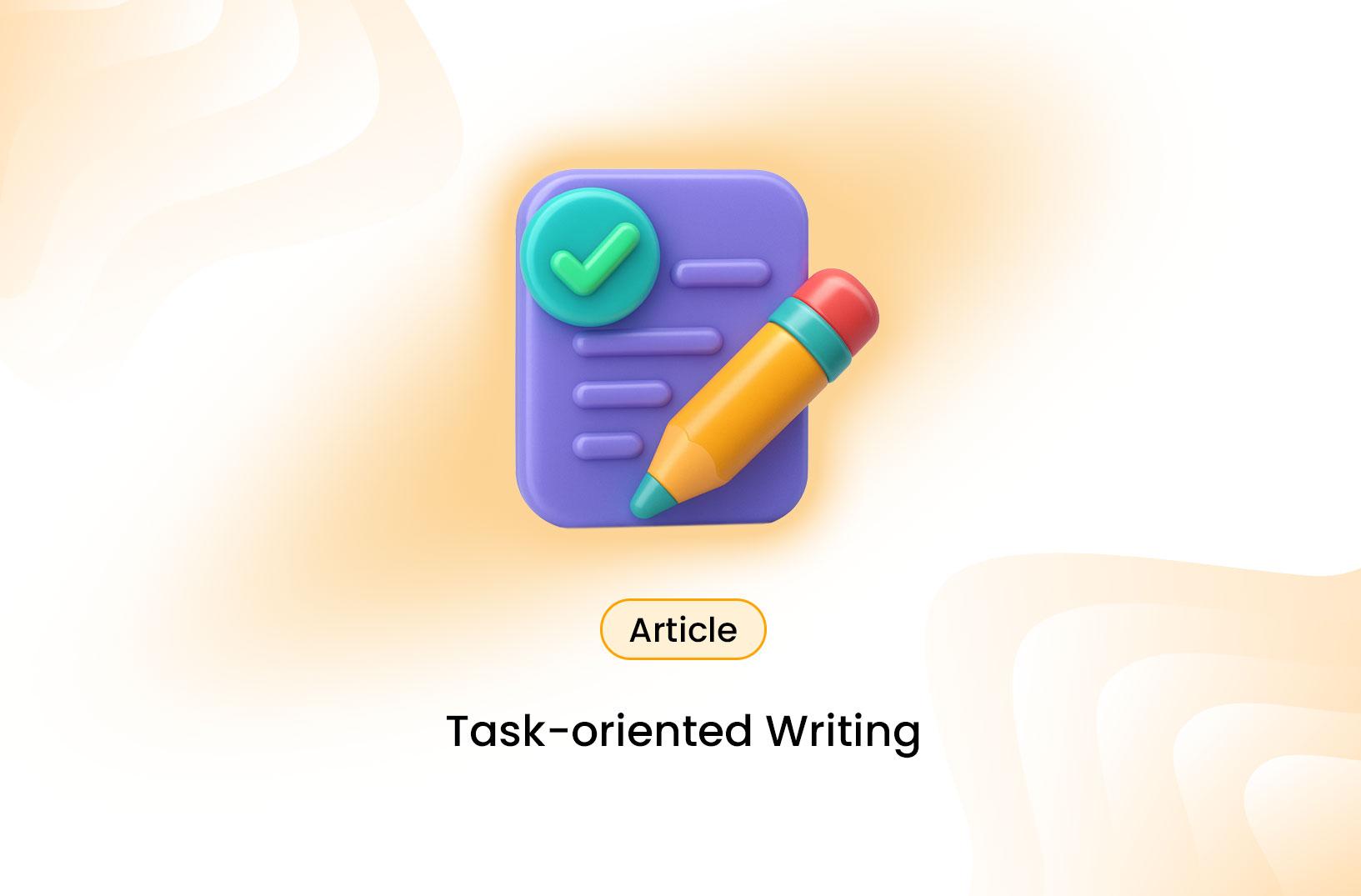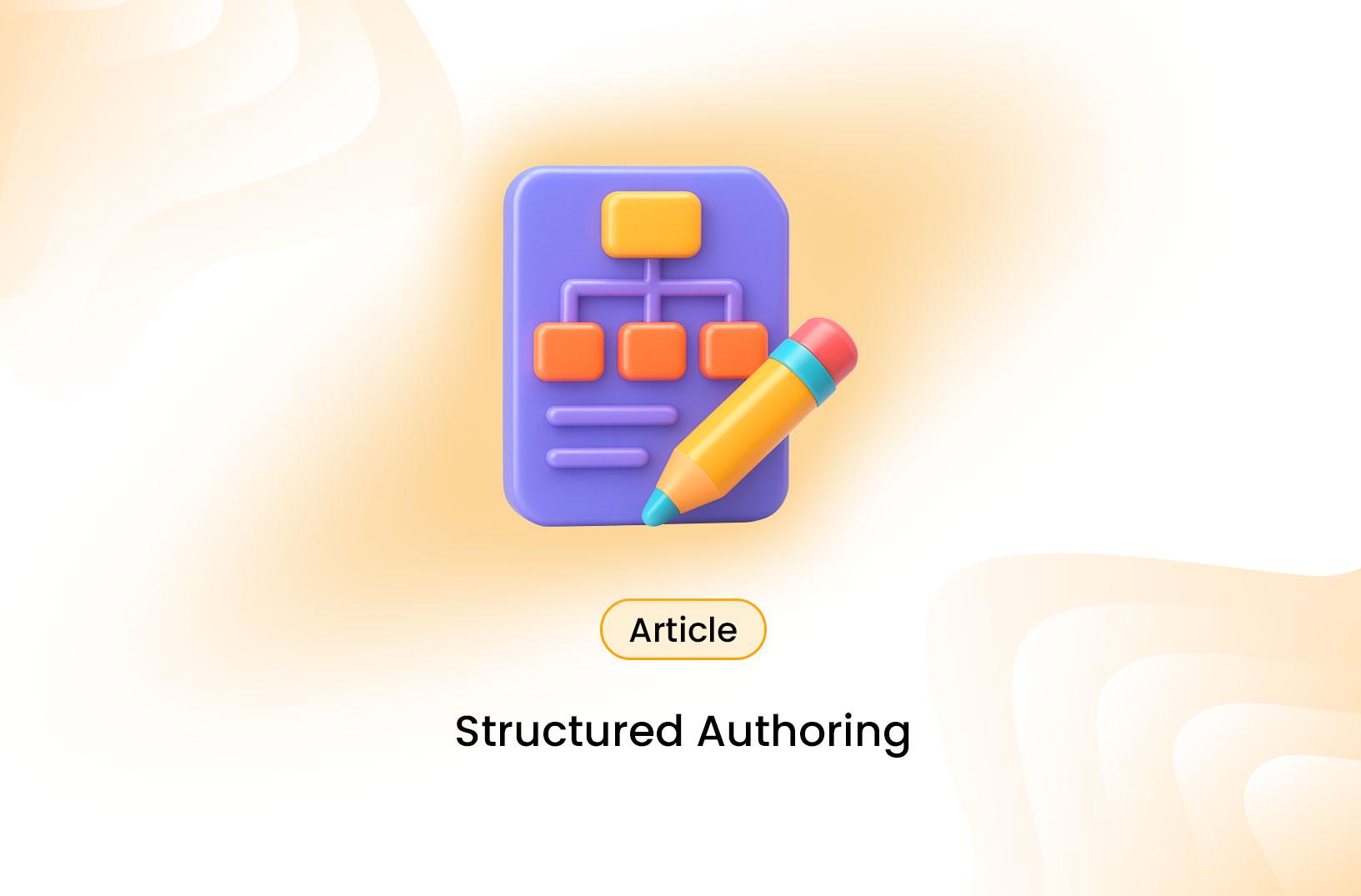So, you're thinking about starting a blog? Great choice. Blogging is one of the most effective ways to share your ideas, grow your online presence, and even earn income.
But if you've never written or managed a blog before, it can feel intimidating — where do you even start?
This guide will walk you through everything you need to know to start blogging the right way — from choosing your niche to publishing your first post and growing your audience.
1. What Is a Blog?
A blog is a regularly updated website where you share articles (called “posts”) about specific topics.
People blog to:
- Share personal experiences or hobbies
- Build authority in their industry
- Drive traffic to their business website
- Earn money through ads, affiliate links, or products
At its core, blogging is about creating valuable content for an audience.
2. Choose a Topic or Niche
Before you write your first post, decide what your blog will be about. A niche helps you attract a specific audience and makes it easier to stay consistent.
Some popular niches include:
- Personal finance
- Travel and lifestyle
- Food and recipes
- Technology and gadgets
- Health and fitness
- Education and self-development
Tip: Choose a topic you're passionate about — you'll be more motivated to keep writing long-term.
3. Pick a Blogging Platform
Your platform is where your blog “lives.” The most popular options include:
- WordPress.org: The most powerful and customizable option (requires hosting).
- WordPress.com: Easier for beginners but with limited flexibility.
- Blogger: A simple, free platform by Google.
- Wix / Squarespace: Drag-and-drop builders great for visual blogs.
- Medium: Ideal if you just want to write and don't care about design or ads.
If you're serious about blogging, WordPress.org is the best long-term choice — it gives you full control over your site.
4. Get a Domain and Hosting
To make your blog look professional, you'll need two things:
- A domain name: yourblogname.com
- Web hosting: a service that stores your site's files online
Many hosting providers (like Bluehost, Hostinger, or SiteGround) offer one-click WordPress installation and free domains for the first year.
5. Design Your Blog
Once your platform is set up, choose a theme or template that fits your niche.
Keep it:
- Clean and simple: avoid cluttered layouts
- Mobile-friendly: most readers visit from phones
- Easy to navigate: use clear menus and categories
A professional-looking blog builds trust and keeps readers coming back.
6. Write Your First Blog Post
Now comes the fun part — writing!
Here's a simple structure to follow:
- Catchy Title: make it clear and engaging
- Introduction: explain what readers will learn
- Body: break content into short sections with headings
- Conclusion: summarize key points or include a call-to-action
Pro tip: Use tools like Grammarly for grammar checks and Hemingway Editor to keep your writing clear and easy to read.
7. Optimize for SEO
If you want people to find your blog on Google, you need SEO (Search Engine Optimization).
Start with these basics:
- Use keywords naturally in your titles and content
- Add meta descriptions to posts
- Include internal and external links
- Use headings (
H1,H2,H3) correctly - Optimize images with alt text
Good SEO helps your blog attract organic (free) traffic over time.
8. Promote Your Blog
Publishing is just the beginning. To get readers, you need to promote your posts.
Try these methods:
- Share posts on social media
- Join online communities in your niche
- Write guest posts for other blogs
- Build an email list for regular readers
- Repurpose your content into short videos or infographics
Consistency is key — the more you share, the faster you grow.
9. Monetize Your Blog
Once your blog gets consistent traffic, you can start making money.
Here are some popular ways:
- Ads: Display ads using Google AdSense or Ezoic
- Affiliate Marketing: Promote products and earn commissions
- Digital Products: Sell eBooks, courses, or templates
- Sponsored Posts: Get paid by brands to write about their products
Monetization takes time, but a loyal audience will open many opportunities.
10. Stay Consistent and Keep Learning
The most successful bloggers didn't get there overnight. They stayed consistent, learned from feedback, and kept improving their writing and SEO skills.
Blogging is a long game — but it's one that pays off with persistence.
Conclusion
Starting a blog is easier than ever — but building a successful one takes passion, patience, and strategy.
If you're just starting out, remember:
- Pick a niche you love
- Publish quality content consistently
- Learn basic SEO
- Engage with your readers
Your first post doesn't need to be perfect — what matters most is getting started.
Over time, your blog will grow, your voice will strengthen, and your audience will follow.




